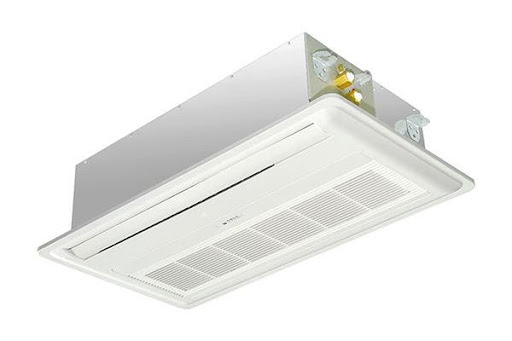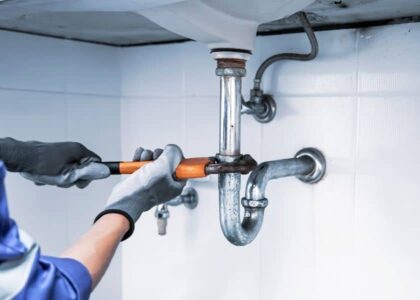When maintaining optimal conditions in data centres and industrial facilities, efficient cooling systems are vital. Two popular cooling solutions often discussed are the CRAH (Computer Room Air Handler) system and the fan wall unit. Both systems serve the same primary purpose—keeping critical spaces cool and operational—but differ in technology, efficiency, and overall performance. Let us explore the differences between CRAH and fan wall units to help you determine which cooling system is best suited for your facility.
Understanding CRAH Systems
The CRAH system has been a trusted solution in data centres for years. It works by circulating cool air into the room using chilled water coils that help lower the temperature. CRAH units often use a raised floor, where cool air is dispersed under the floor, and hot air is vented overhead. This cooling method is effective but has some limitations regarding energy efficiency and adaptability in newer, high-performance data centres.
Energy Efficiency
One major drawback of traditional CRAH systems is that they rely on chilled water and air-cooled systems, which can result in higher energy consumption, especially in larger facilities. While CRAH systems are robust, they may not always provide the best solution for energy efficiency compared to modern alternatives like fan wall units.
Performance Consistency
Although CRAH systems have proven reliable over time, they may struggle to keep up with the demands of high-density data centres. These systems can be prone to uneven air distribution, causing hot spots in certain areas, which may lead to inefficiencies and additional costs.
Fan Wall Unit: The Modern Alternative
Fan wall units are a newer, more flexible cooling solution gaining popularity in data centres due to their efficiency and scalability. Instead of relying on a centralised cooling source like CRAH systems, fan wall units incorporate multiple fans that work together to create even airflow distribution throughout the facility.
Energy Efficiency
Fan wall units are known for their energy efficiency, and they use direct-drive fans and variable speed technology to optimise energy use. Compared to CRAH systems, Fan wall units provide superior energy efficiency as the system adjusts its airflow output to match the specific needs of the data centre. This adaptive approach is consumed only when necessary, lowering energy costs.
Noise Reduction and Performance
Another advantage of fan wall units is their quieter operation. The multiple fans within the unit work at lower speeds, reducing noise and providing a more comfortable working environment. Additionally, fan wall units offer more precise cooling, eliminating hot spots and creating a uniform temperature across the data centre, which is particularly important in high-performance environments.
Why Fan Wall Units Are Gaining Popularity
As data centres evolve and become more energy-conscious, fan wall units are becoming the preferred choice for facility managers. These units offer improved energy efficiency and flexibility, allowing them to be used with the specific cooling needs of a facility.
Sustainable Cooling
In an era of increased focus on sustainability, fan wall units stand out due to their ability to contribute to greener cooling solutions. Unlike traditional CRAH systems, fan wall units use less energy and have a smaller carbon footprint, making them an ideal choice for data centres looking to improve sustainability.
Choosing the Right System for Your Facility
While both CRAH systems and fan wall units offer reliable cooling solutions, the decision ultimately depends on the specific needs of your facility. If managing a large, high-density data centre focusing on energy efficiency, a fan wall unit may be the better option. However, for more conventional setups, a CRAH system may still offer sufficient cooling performance.
Maintenance Considerations
Both systems require regular maintenance to ensure optimal performance. However, fan wall units may have the advantage as their modular design often makes it easier to perform maintenance without shutting down the entire system.
Conclusion
While CRAH systems have been a staple in data centre cooling for many years, fan wall units are rapidly gaining ground due to their flexibility, improved energy efficiency, and quieter operation. When choosing between a CRAH system and a fan wall unit, it’s essential to consider factors such as energy efficiency, cooling capacity, and long-term maintenance by understanding the differences between these systems best suited for your facility’s needs.
To learn more about modern cooling solutions and how they can benefit your data centre, contact Canatec Pte Ltd today.







